Debunking The Existence Of The Many ‘Mutant’ Cyclops Goats Born In Asia Over The Years
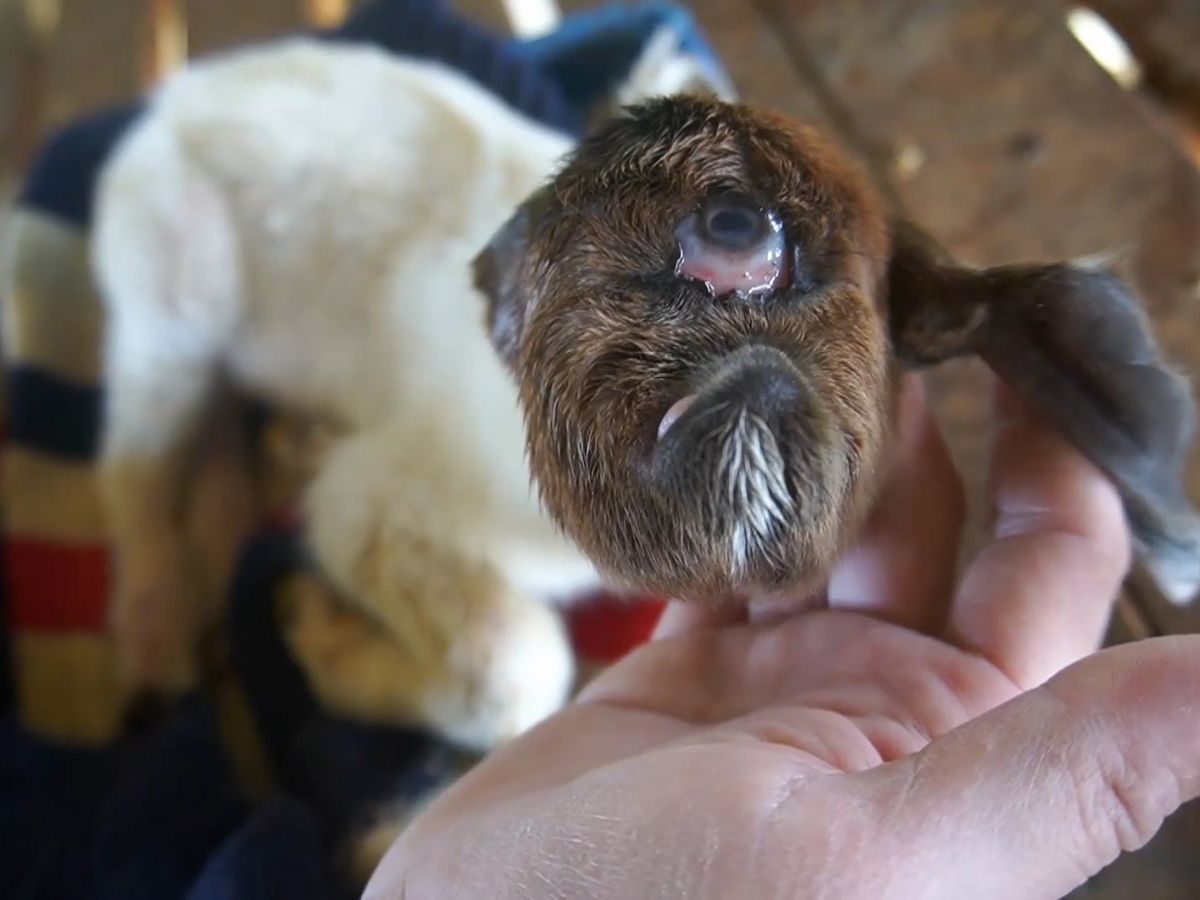 Thirsty for JUICE content? Quench your cravings on our Instagram, TikTok and WhatsApp
Thirsty for JUICE content? Quench your cravings on our Instagram, TikTok and WhatsApp
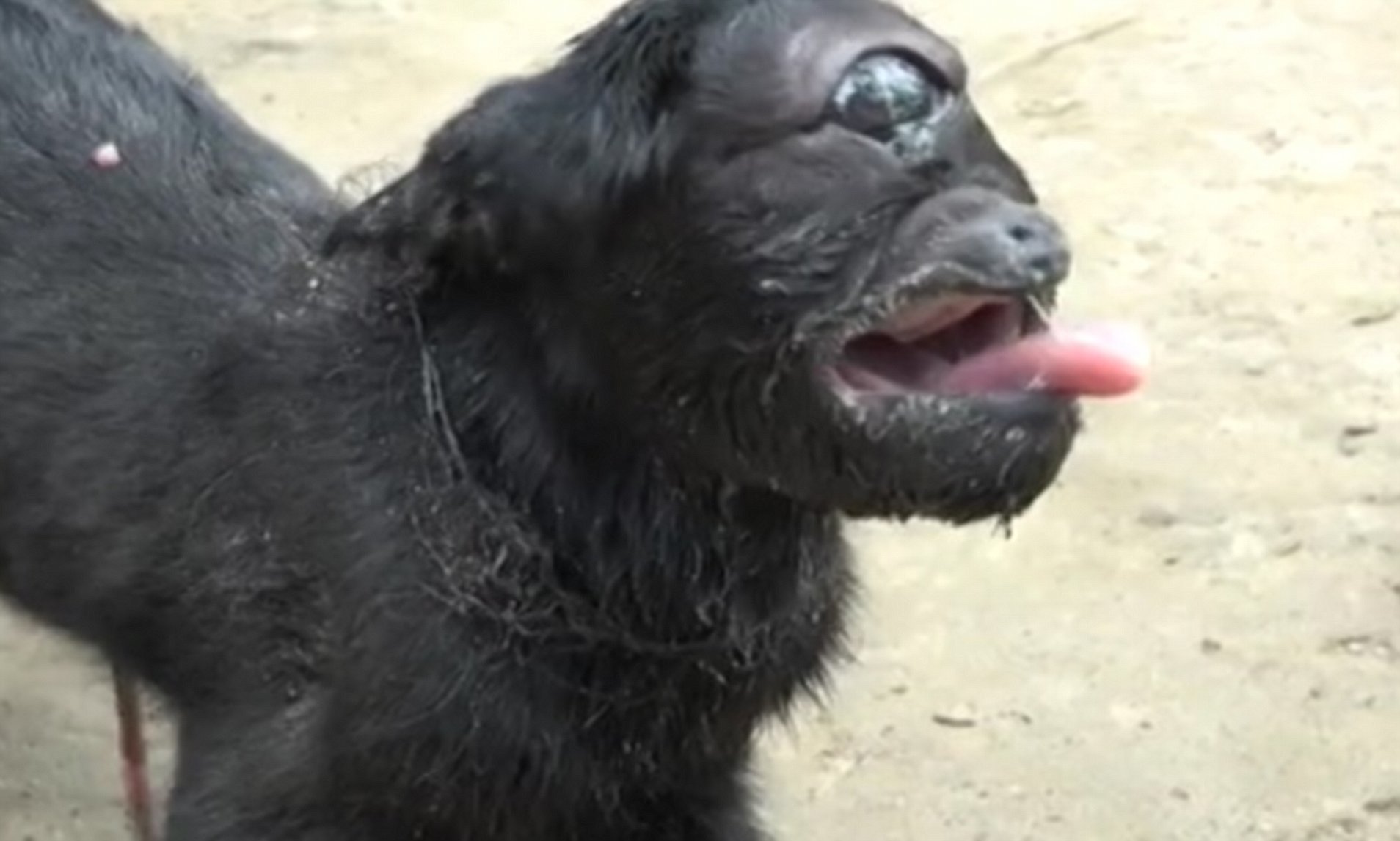
Throughout the years, captivating tales of “mutant” cyclops goats born in various parts of Asia have captivated the minds of many. These narratives frequently ascribe the strange malformations to legendary or paranormal roots. In some cases, the goats also seem to resemble humans, leading to speculations of… well, bestiality.

The birth of a goat with one eye and a face similar to a human startled and horrified the locals of a town in Indonesia just last week. The goat was one of the two offspring delivered to a mother on May 7th in Pandan Indah, a village in the Central Lombok region.
One of the goats appeared normal, but the other displayed apparent traits of a human being, including what looks like the average beard.

Locals were able to witness the goat’s birth, but it passed away just 20 minutes later. Suprapto, a 30-year-old man who owned the goat, then buried it.
Another curious case took place here in Malaysia back in 2016, whereby 63-year-old Federal Land Development Authority (Felda) settler Ibrahim Basir, handed over the carcass of a baby goat, said to resemble that of a human baby’s, to Malaysia’s Veterinary Services Department despite multiple attempts from the public to purchase the kid.
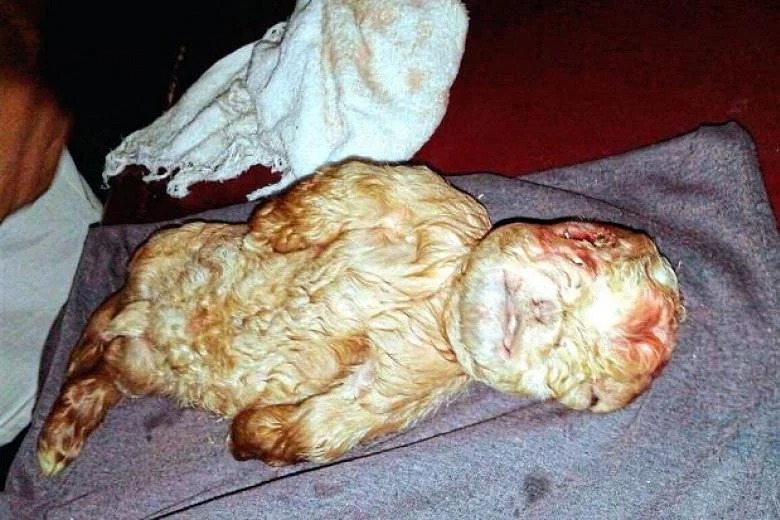
He added there was no visible umbilical cord present, and the kid was already dead when they found it, believed to have been trampled on by its mother or owing to other complications.
This odd birth led to paranormal speculations, including the assumption that the carcass was in fact the body of a cursed child who was turned into a goat as some form of punishment.
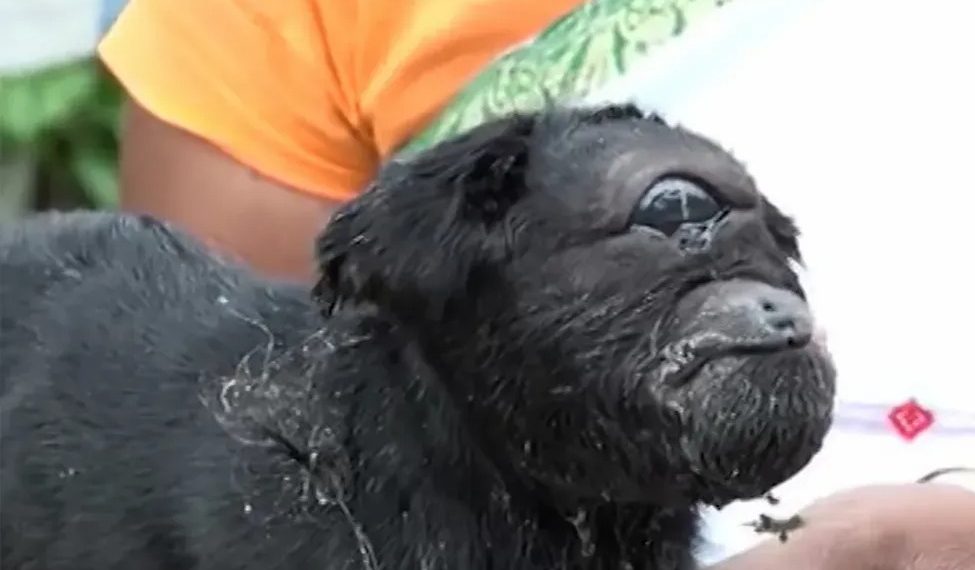
A similar and very popular case also took place in a village in Assam, India on 10 May 2017, whereby the one-eyed baby goat was also missing eyelashes, eyelids, one ear, and several teeth, with a severely shortened jaw and underdeveloped nose. At the time, the goat’s owner, Mukhari Das, deemed the birth a miracle.
Despite these assumptions and beliefs, a closer look reveals a very different reality – one which does not involve folklore or Photoshop, nor cross-species intercourse.
Rather than being a matter of mythology, the truth behind these “mutant” goats has more to do with genetics and birth abnormalities. This article explores the scientific theory of these malformed goats, putting insight on the interesting yet pretty common phenomenon occurring in Asia.
A genetic anomaly
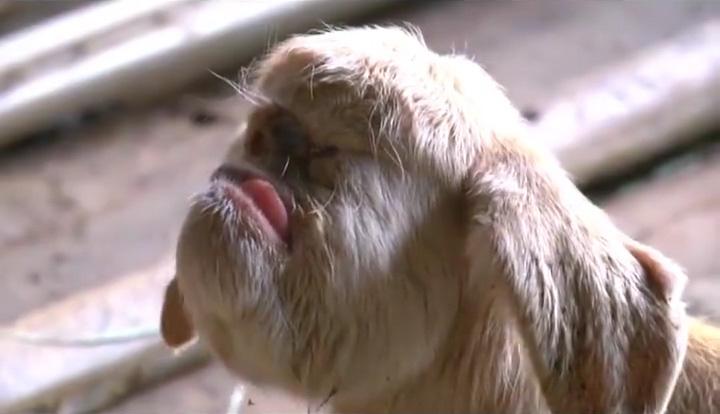
Although it might seem unearthly to witness a goat bearing a single eye in the centre of its forehead, these animals are in fact born with genetic disorders. Numerous factors, including as inbreeding, environmental influences, and even spontaneous genetic mutations, may trigger such malformations.
These elements may prevent an embryo from developing normally, which leads to in an array of physical defects.
The ‘cyclops’ condition is termed Cyclopia, widely known as an uncommon congenital illness that is characterised by having a single central eye. This may impact numerous species of animals, but mostly occurs in goats. The disorder results from a breakdown in the forebrain’s normal growth during embryonic development, causing the eyes to fuse together into a single structure and is sometimes accompanied by additional craniofacial anomalies.
How cyclopia affects goats
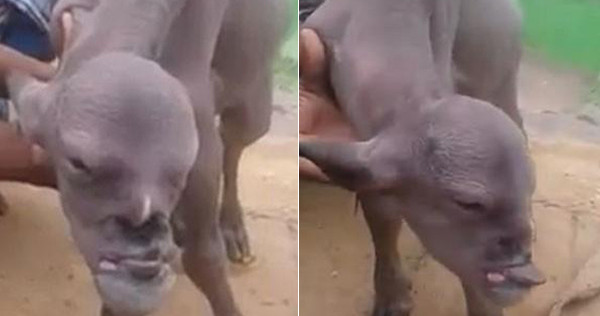
It’s crucial to remember that cyclopia is a rare event and that most goat births do not result in such severe abnormalities. However, when it happens, the condition has a considerable negative influence on the goat in question’s general health and wellbeing. Breathing, eating, and general facial dysfunction may also arise from these anomalies.
As mentioned before, cyclopia frequently coexists with other craniofacial deformities. One nostril, a deviated jaw, or a deformed or missing nose can be examples of these, and would explain the instances where the goats coincidentally resemble humans.
Cyclopia results from aberrant brain growth during the early stages of embryonic development. The failure of the forebrain to split into two distinct hemispheres causes the eyes to fuse and other related problems. The neurological processes of the goat may be impacted by this disturbed brain development, which could also lead to additional physical and mental abnormalities.
As evident in reports of these births, the goats usually die shortly after being born. This is due to the fact that the syndrome frequently results in a variety of internal organ abnormalities, including heart problems, and gastrointestinal and respiratory system anomalies. These issues might make it challenging for affected goats to thrive or survive past birth, or the first few months of life.
Causes and influential aspects

Geneticists and veterinary specialists have undertaken research that demonstrates the prevalence of these malformed goats, not only within Asia, but worldwide. Nevertheless, there are distinct circumstances in Asia that lead to a higher occurrence of these birth abnormalities.
Among the main causes of a higher incidence of malformations in goat populations is a lack of access to veterinary care. In many places of Asia, veterinary treatment is poor or nonexistent, leaving goats prone to a range of health struggles and genetic ailments. It is necessary, yet neither convenient nor affordable to professionally monitor the pregnancies and births of our goats and prevent undesirable circumstances from unfolding.
Irresponsible or unethical breeding practises can also increase the frequency of genetic abnormalities and malformations. Lack of suitable screening and selection procedures while breeding goats can result in the mutations and genetic abnormalities being passed down from one generation to the next. This problem is compounded by the fact that many goat producers favour quantity above quality, leading to indiscriminate breeding techniques.
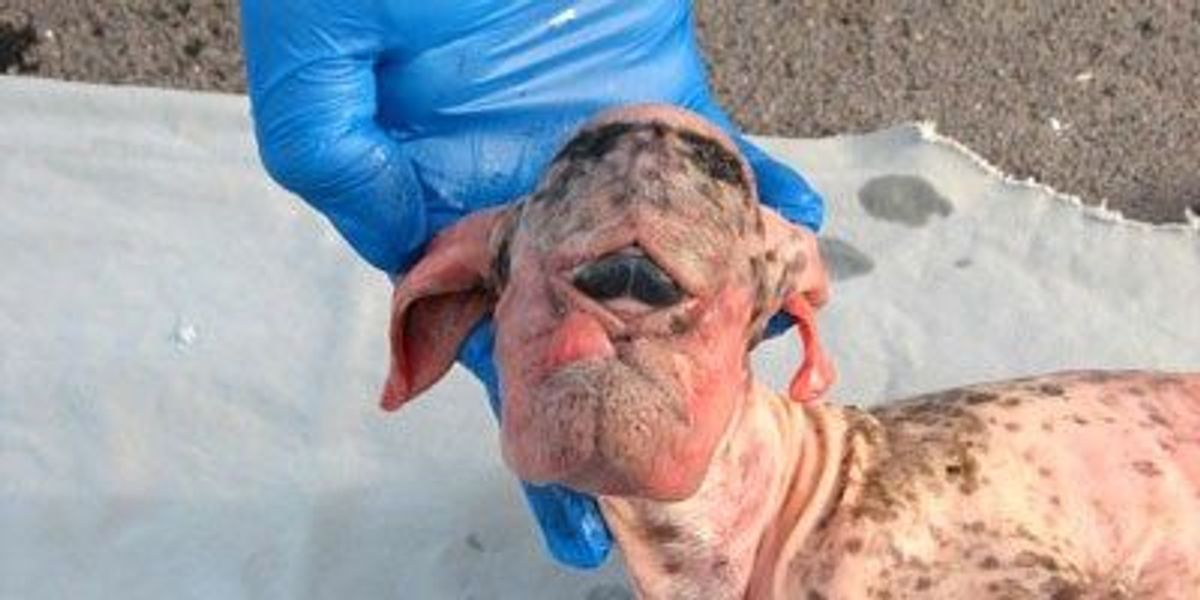
Additionally, in Idaho, some sheep were born over a 10-year period in the 1950s with birth abnormalities, including cyclopia. In that particular instance, the issues were spurred on by sheep nibbling on corn lilies, which carried a poisonous substance now known as cyclopamine. Later, a cancer treatment was developed from the toxin.
Though the sensationalism and conspiracy of our “mutant” goats offers Asia a unique spotlight, it’s crucial to separate fact from fiction and perceive these situations with a scientific lens. It may be tempting to link them to our rich culture which tends to incorporate elements of horror and surprise, but we probably have enough boast-worthy traditional tales without the need of incorporating mutant goats.
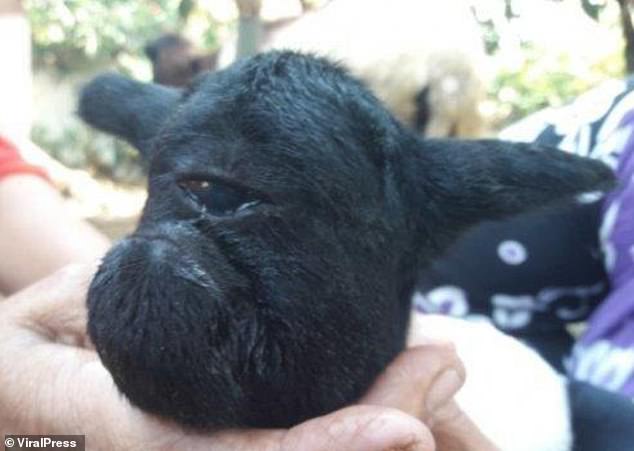
Also noteworthy is that the mythical beliefs behind these births have come so far as to cause people to create misconceptions regarding the goats, likening them to an ‘evil presence’.
In 2020, a mutant one-eyed lamb born in Indonesia was believed to be a demon in disguise by villagers, or a reincarnation of the Dajjal. It died two days after it was born, because it struggled to breathe and eat, but the occurrence formed some concern that such misinterpretations may cause harm to certain individuals or societies.
It’s also important to comprehend that these births are not celebratory occasions, as they pose harm to these poor animals, and often portray negligence in local breeding activities.


 Get Audio+
Get Audio+ Hot FM
Hot FM Kool 101
Kool 101 Eight FM
Eight FM Fly FM
Fly FM Molek FM
Molek FM

